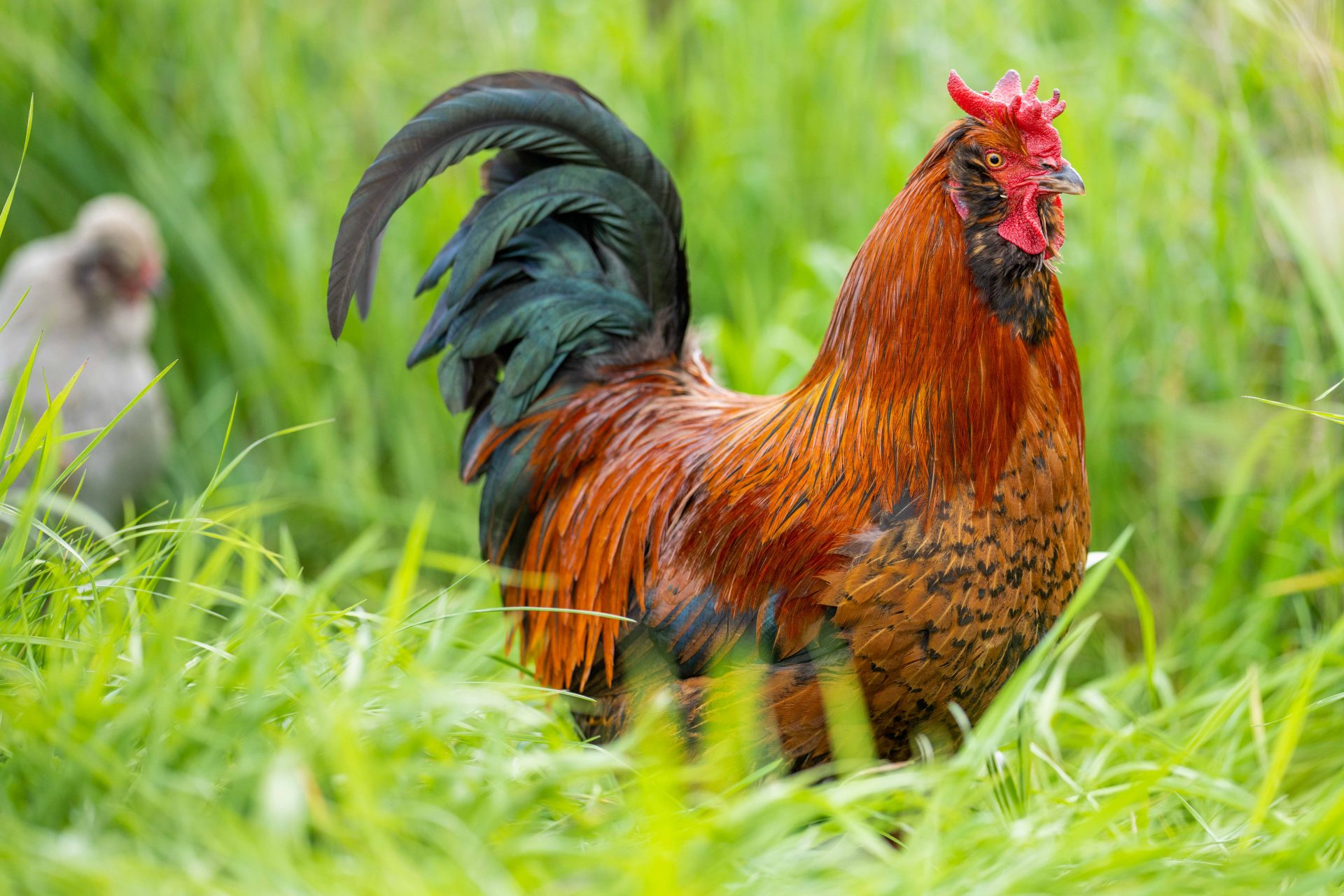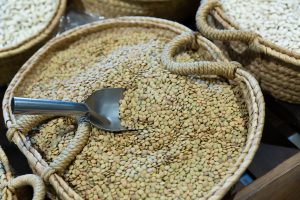Everything To Know About Rhode Island Red Chickens
If you’re looking for an exciting breed of chicken to raise on your farm, you should consider Rhode Island Reds. These chickens are known for their reddish-brown feathers, and they make great pets or egg-laying hens. In this article, we will discuss the history and characteristics of Rhode Island Red Chickens and how to take care of them. We’ll also provide a few tips on where you can find these birds for sale.
What Are Rhode Island Red Chickens?
Rhode Island Red chickens are a popular breed known for their egg-laying abilities. Rhode Island Reds were first developed in the United States in the early 1900s, and they quickly became one of the most popular chicken breeds in America. Today, Rhode Island Reds are still very popular, and they are considered to be one of the best egg-laying chickens available. Rhode Island Reds are also good meat birds, and they are often used in crossbreeding programs to create new chicken breeds. If you’re looking for a chicken breed known for its eggs, then Rhode Island Red chickens are a great choice.

What Are Some Of The Characteristics Of Rhode Island Red Chickens?
Rhode Island Red chickens are medium-sized birds, and they typically weigh between six and eight pounds. They have a deep red coloration, and they are known for their long tails. Rhode Island Reds are also good climbers, and they often roost in trees or other high places. Rhode Island Red chickens are hardy birds, and they are resistant to most common chicken diseases. They also have a good temperament, ideal for backyard flocks.
What Kind Of Eggs Do Rhode Island Red Chickens Lay?

Rhode Island Reds are some of the best egg-laying chickens available. They can lay up to 280 eggs per year, significantly more than most other chicken breeds. Rhode Island Red eggs are typically a light brown color, and they are medium-sized. The eggs from Rhode Island Reds are also considered some of the most nutritious eggs available. If you’re looking for a chicken breed that can provide you with plenty of eggs, then Rhode Island Reds are a great choice.
If you’re interested in raising Rhode Island Red chickens, there are a few things that you need to know. First of all, these chickens require a lot of space. They need at least four square feet per bird if they are allowed to roam free-range. If they are kept in confinement, they will do well in an eight by ten feet. Secondly, Rhode Island Reds require a lot of attention. They need to be fed a high-quality diet and need plenty of freshwater. Finally, Rhode Island Reds can be temperamental birds. They are aggressive towards other chickens, so keeping them separated from other fowl if you have them in your flock is essential.
What Do Rhode Island Red Chickens Eat?
One of the most common questions we get asked about Rhode Island Red Chickens is what they eat?
As with any animal, it’s essential to ensure that your chickens have a balanced and healthy diet. This means providing them with plenty of freshwater, as well as a mix of grains, vegetables, and proteins.
When it comes to proteins, chicken feed typically contains a good soybean meal. However, you can also supplement their diet with other protein sources such as insects or cooked meat scraps. Rhode Island Reds will enjoy eating cracked corn, oats, wheat, and barley in terms of grains. You can also offer them treats like sunflower seeds or grits. As for vegetables, they love leafy greens such as cabbage, kale, and spinach. You can also give them other veggies like carrots, peas, and potatoes.
Remember, every chicken is different, so their dietary needs may vary slightly. It’s essential to pay attention to your chickens and see what works best for them. With a bit of trial and error, you’ll be sure to find the perfect diet for your Rhode Island Red Chickens.
Reasons To Raise A Rhode Island Red Chickens Eat

If you’re thinking about raising chickens, you may want to consider the Rhode Island Red chicken. This breed is hardy and easy to care for, making it an excellent choice for beginners.
Rhode Island Reds are one of the best egg-laying breeds out there, averaging around 280 eggs per year. That’s nearly two dozen eggs every month! They’re excellent egg layers.
They’re very cold tolerant. These birds can withstand frigid temperatures thanks to their thick feathers and muscular bodies. This makes them ideal for living in colder climates.
They have a calm disposition. Rhode Island Reds are relatively docile compared to other chicken breeds, making them ideal for backyard flocks.
They’re great eaters. Rhode Island Reds are known for their hearty appetites, which means they’ll thrive on a wide variety of feed. This makes them an economical choice for farmers and homesteaders.
The Cost of Raising Rhode Island Red Chickens
One of the most popular chicken breeds is the Rhode Island Red. These chickens are known for their excellent meat production and brown eggs. They are also considered a dual-purpose breed, meaning they can be used for meat and egg production. Rhode Island Reds are hardy birds that do well in cold weather climates.
If you are interested in raising Rhode Island Red Chickens, there are a few things you need to know about their cost of ownership. They require a lot of space, and they eat a lot! A full-grown chicken will consume about two pounds of feed each week. This can add up quickly if you have several chickens.
The cost of raising Rhode Island Red Chickens can be expensive, but there are ways to keep the costs down. One way is to buy chicks from a hatchery, which will reduce the overall cost. Raising chickens also requires time and effort, so make sure you are willing to commit before getting started. Several other factors will affect the overall cost of raising Rhode Island red chickens, such as feed costs, housing costs, and veterinary care. Make sure you do your research and plan accordingly to ensure a thriving flock!







